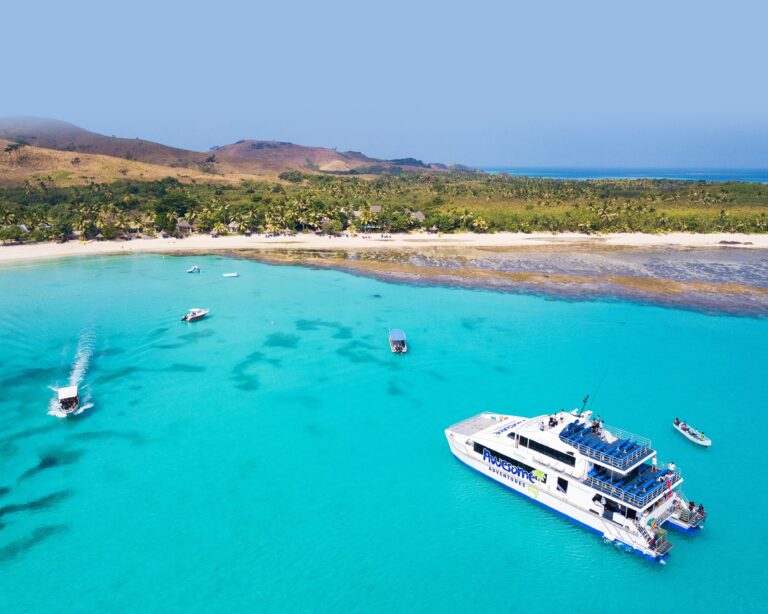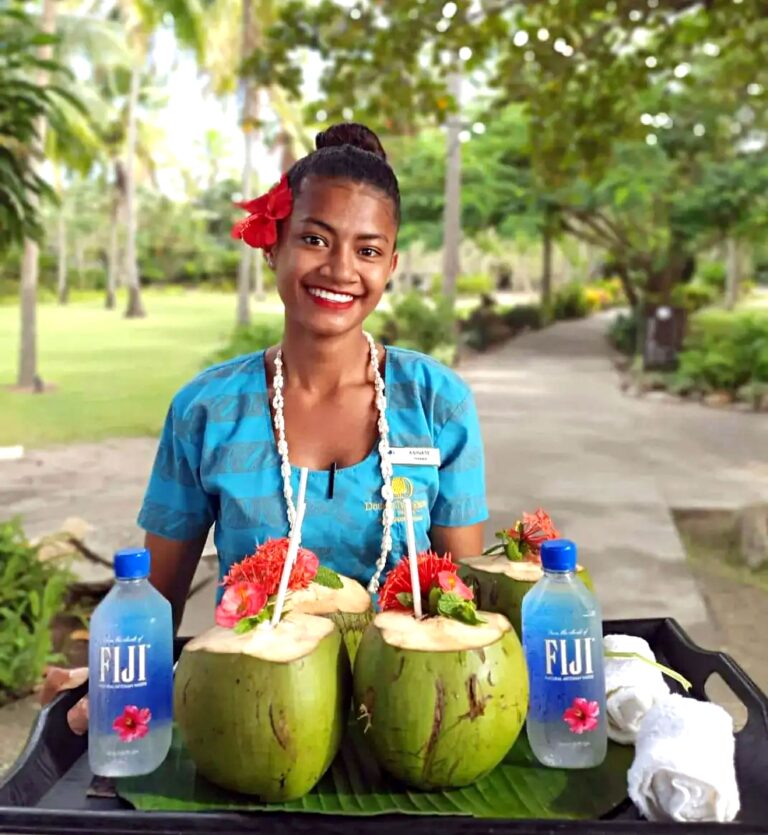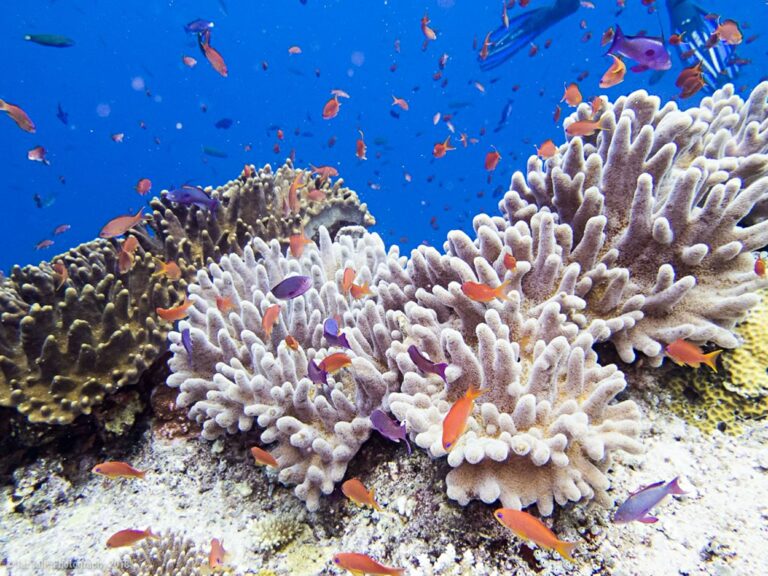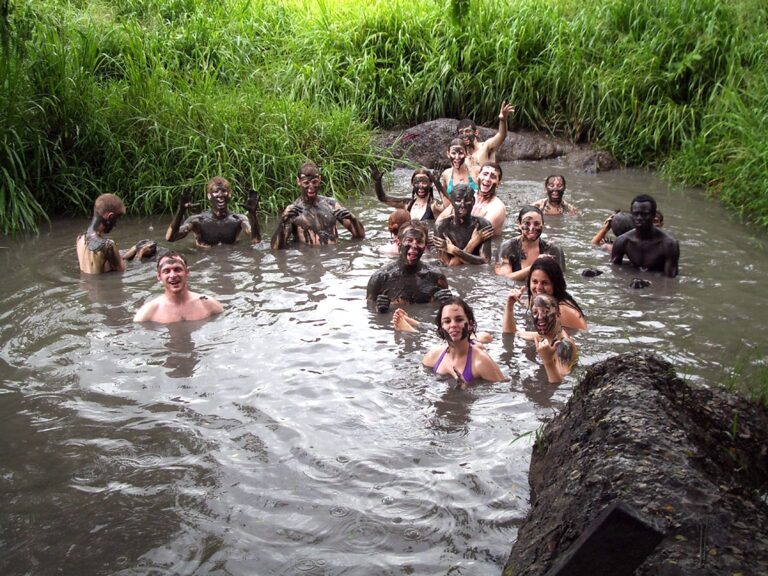The Land of Kava
Indulge in the Fun and Frolic of Fiji
Boozy traditions, ocean conservation, and a rich multi-cultural history – there’s lots more to the Pacific Island nation than its beautiful islands and beaches. The largest Hindu temple in the Southern Hemisphere, Sri Siva Subramaniya Swami, is in Fiji. TravelJingles was in conversation with H.E. Mr. Kamlesh Prakash, High Commissioner of Fiji to India, to find out more about this beautiful island country.

Fiji has a lot to offer to its first-time visitors. Tell us about the three must-do things in the country.
Fiji is comprised of three hundred and thirty islands spread across an EEZ of 1,282,978 km2. There is a lot to discover and experience for first-time visitors to Fiji. Island hopping for the first five days on arrival in Fiji. There are ferry services operating daily from Denarau Island to the outer islands on the western side of Fiji and right up the Yasawas and the Mamanuca group. It will be your most memorable time in Fiji! Travelling to these groups of islands can take you three to four days, with stopovers in some of Fiji’s best island resorts, namely Treasure Island, Beachcomber Island, and Mana Island, amongst others. During stopovers, you can enjoy a spot by the pool or under a shady palm on one of the secluded beaches, where you will be treated to a delicious barbecue-style lunch. In the lagoon, you can swim, snorkel and enjoy a host of water activities, such as jet skiing, water skiing, parasailing, and wakeboarding. There are also optional snorkeling and fishing tours available.
You can also take a trip on a semi-submersible vessel to explore the island’s coral reef. For the long-stay guests, there are a 12-day escape to the rarely visited islands of Lau and Kadavu. Sailing between the main islands, the tour includes a hike to the stunning waterfalls of Taveuni and a visit to the famous Tagimoucia Flower Lake. A part of the program also includes visiting Fijian villages, exploring a deserted rainforest island and taking part in the turtle calling ceremony at Kadavu Island, and much more. Spend a day enjoying a mud bath in the Sabeto Valley, followed by a dip at a nearby hot spring pool, shadowed by the Sleeping Giant Mountains.

The traditional drink of the Island is known as ‘Kava’. Tell us about the gastronomy of the country.
Fiji’s gastronomy is based on what is around us and readily available; mostly fish, root crops, rice and vegetables, and spices. Since Fiji is a multi-racial country, its cuisine has been integrated with different types of flavours, thus making the taste unique from the rest of the Pacific. Any type of dish that you desire is always available locally. One of the must-try dishes in Fiji is the ‘Kokoda’. It’s a kind of raw fish marinated in citrus, mixed with freshly grated coconut cream, onion, tomatoes, and chillies that’s served over steamed rice or local taro.
Fiji’s curries are one of the best, especially those of freshwater prawns and chicken. If you want to try something unique, try ‘Na Kai Curry’. These freshwater mussel clams are only found in major rivers in Fiji. A must-try vegetarian dish is the ‘Palusami’, which is cooked in a ‘Lovo’ (underground oven) with taro (dalo) leaves, wrapped in different spices and fresh coconut milk. For dessert, try ‘Lote’ or the ‘Vakaloloma’, which consists of grated starch from cassava and taro, mixed with whipped pawpaw/banana and brown coconut cream. If you like Indian cuisine, go for a variety of curries, veg and non-veg, dhals, and Fiji’s own roti-parcels.
The best is to quench your thirst with a ‘Bu’ (Green Coconut) or try out some of the best tropical island fruit juices. Enjoy Kava with the locals, to know more about Fiji. Kava is a traditional drink in Fiji used many centuries ago for traditional and recreational purposes. It is said to have medicinal value and is a perfect stress reliever.

The Island is called the ‘Soft Coral Capital of the World’. Tell us about the water adventures, the country offers.
Fiji is surrounded by reefs and is defined as the soft coral capital of the world. What’s unique is the typical colours of Fijian soft corals, which are pink, yellow, green, red, purple and light blue. Fiji’s Great Sea Reef is the third-largest barrier reef in the world and is known for amazing and diverse wildlife. One of the most renowned diving sites in Fiji is the Astrolabe Reef off Kadavu Island (the southern part of Fiji). This is a breeding ground for the big fish, against a background of colourful soft coral-coated walls, from which the name is derived.
The Rainbow Reef in Taveuni (Northern Fiji) is known as the soft coral capital of the world. It is one of the most famous diving sites in the South Pacific, and unique, with its different colours and natural beauty. Taveuni’s Great White Wall is also as famous as the Rainbow Reef and is a must-see for those who enjoy diving. It covers soft corals stretching down beyond 30m and is home to different types of fishes and marine life.

Fiji Island planned to be completely plastic-bag-free in 2020, to save marine life. What are the steps towards a ‘blue economy’? Comment
The supply and use of plastic was banned by the Fiji Government on 1 January 2022. This was done to safeguard our environment and marine life, which is also the largest ocean in the world. Fiji relies on tourism and the main attractions are the marine life and pristine natural surroundings. The dumping of plastic waste in the sea was seen as a great hindrance, and disturbing the coral marine ecosystem. Fiji, with assistance from neighbouring countries like Australia and New Zealand, has increased surveillance in the EEZ to avoid the dumping of waste and overfishing. The Fijian Government has also partnered with a few NGOs in coral replanting to maintain the marine ecosystem and livelihood from marine life.
Firewalking was invented in Fiji. Comment.
Firewalking in Fiji is said to be an inheritance for the Sawau people in Fiji. This special gift has been passed down from generation to generation. It is said that only those related to this clan can walk on hot stones and they also have the ability to heal minor burns. There are certain rituals that the performers need to follow before they are allowed by the leading priest to take part in the ceremony, which is now one of the major tourist attractions in Fiji. One of the rituals is for a married man to abstain from sleeping with his wife and there are certain foods that are taboo on days leading up to the performance.
Firewalking was also brought to Fiji by the descendants of the Girmitiya, especially those from Madras. It is only done for religious purposes, usually after Holi. The participants are also required to observe certain rituals before they qualify to walk on hot charcoal. It is an annual event in most temples around Fiji and is a must-see

The traditional Fijian BOBO massage has been passed down through generations, as part of a culture deep rooted with daily rituals of healing for both body and soul. Comment
Vei Bobo is the Fijian traditional form of massage. It’s an art passed down within a clan, or family members. There are different types of Vei Bobo; the most famous was highlighted in a media report about a massager from the western part of Fiji who had the ability to join broken bones. Bobo is best enjoyed on the beaches with well-trained masseurs, any time of the day, for relaxation.
Mountains or Beaches? (One word)- Both
Do we have any similarities between India and Fiji?
Fiji and India share many similarities. A total of 38 percent of the population are of Indian descent, the fifth generation now, with their ancestors having come from different parts of India. Similarities can be found in religious and cultural activities, food, clothing, and practices. Multi-lingual languages including- English and Hindi, Telegu, Tamil, Punjabi, etc. are spoken, and colourful festivities are held all around the year. Like Indians, people in Fiji are also friendly. Don’t be surprised if an unknown person starts a conversation or offers a drink to you. Visitors from around the world can also enjoy the latest Hollywood, Bollywood, and Tollywood movies in most towns and cities in Fiji.

